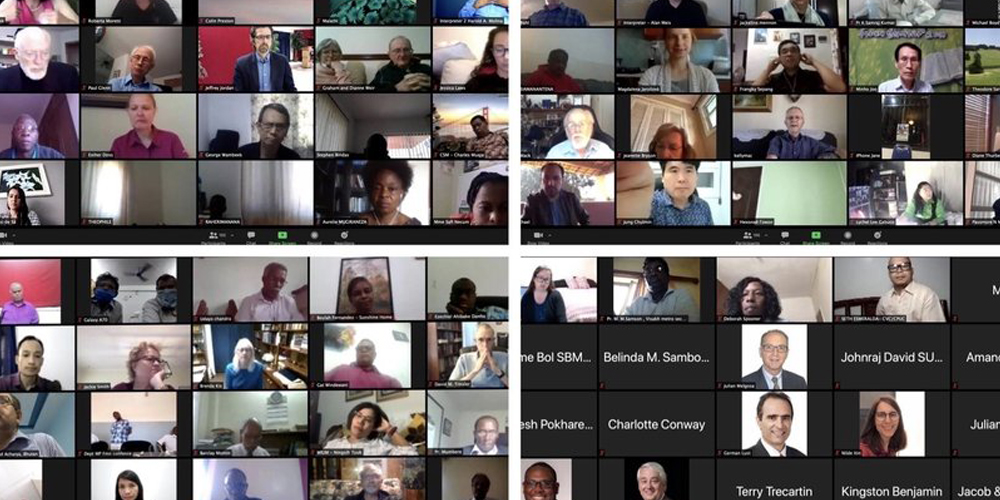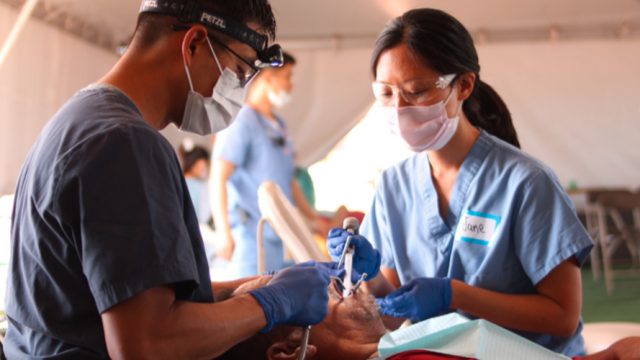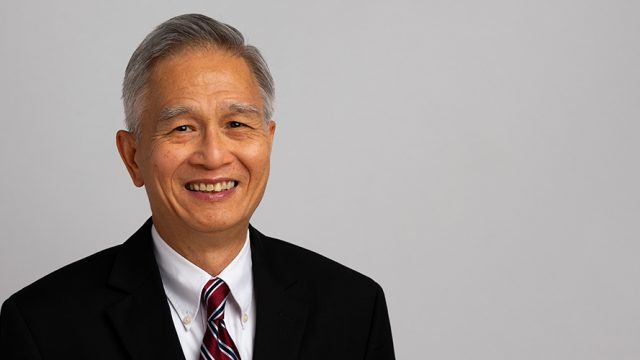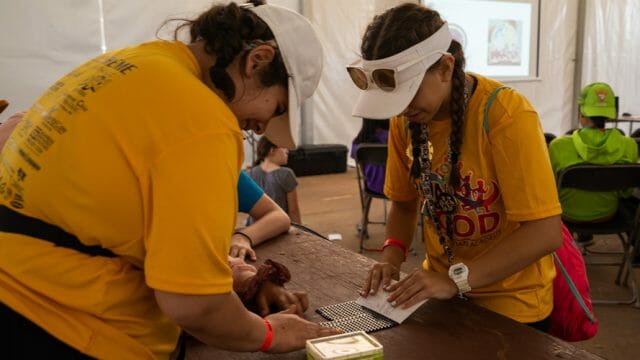Video conference discussion involved church leaders, advocates, and members.

Almost 200 Seventh-day Adventist Church leaders, advocates, and members took part in a global advisory of Adventist Possibilities Ministries, the global church office supporting its members living with disabilities. Meetings took place through a video conference July 14-16, 2020.
Adventist Church president Ted N. C. Wilson introduced the event. Wilson thanked those serving members with disabilities and stressed the importance of the ministry.
“It is a great privilege that all those working in this ministry have in carrying out the mandate of Jesus in its most concrete form — providing practical help for the weakest,” said Wilson. “It was Christ Himself who, through His example, wanted to inspire a service such as the Adventist Possibility Ministries is performing sensitively and effectively throughout the world.”
A Ministry of Possibilities
Adventist Possibility Ministries director Larry Evans reminded those attending the video conference why the ministry is called Possibility Ministries rather than of Disability Ministries.
“The reason is that even people with obvious physical and psychological problems are always ‘diverse able,’” Evans said. “And let’s not forget that all of us have more or less obvious disabilities and barriers. We all face mental, emotional, and spiritual problems daily — no one excluded,” he added.
Evans concluded his introduction by highlighting the core strategy of the ministry he leads, namely, “Awareness, Acceptance, and Action.”
“We aim to increase the Adventist Church’s awareness of disability and possibility issues, to create a climate of acceptance for all forms of diversity, and to act accordingly, through a series of programs and activities aimed at inclusion and sharing,” he said.
Working Groups’ Contributions
Participants then divided into working groups on the video call, according to the various branches of the ministry — The Blind, The Deaf, Mental Health and Wellness, Orphans & Vulnerable Children, Caregivers, and Bereavement of Spousal Loss. Team leaders coordinated the contributions of working groups.
When the work of the groups ended, participants gathered in a single video “room” as the various team leaders gave a summary of the ideas and proposals born in their group.
The working group ideas included the following suggestions:
- Organize more local meetings on these issues to make all church members aware of them.
- Allow those who suffer to give their testimony in the local church, so that understanding, sharing, and unity are created.
- Act like Christ; our church must be a Christ-like church. Jesus was drawn toward the most vulnerable, the weakest people.
- Make our churches’ structure more welcoming and adapted to the needs of those with disabilities. We must carefully evaluate the needs of all.
- Create a paradigm shift from a program-oriented church to a people-oriented church.
Putting It All Together
On July 15, a management working group met to assess the suggestions arising from the breakout groups. Each of them proposed a list of suggestions that a group of writers and readers then elaborated on for a final reading in the plenary session.
The July 16 plenary session continued the work, specifying and deepening the ministry’s ideas, proposals, and priority themes.
In Evans’s closing remarks, he reminded attendees of the source and the goal of everything Adventist Possibilities Ministries leaders and advocates do.
“We are driven by our relationship with God. We are the voice of God’s compassion!” he said.
A Page in History
EUD Adventist Possibilities Ministries coordinator Corrado Cozzi said the three days of discussion marked a milestone in the relationship of the Adventist Church to its members with disabilities.
“We wrote a page in Seventh-day Adventist Church history,” Cozzi said. “This is not the first time that we have spoken about ministries for the disabled, but this time we have spoken about it with greater attention, highlighting the dynamics of a vision.”
The vision, Cozzi explained, seeks to make the church increasingly aware of its mission toward people with disabilities. “It is a testing ground for concrete, practical spirituality, invisible to the eyes of pride but visible to the eyes of compassion, the same compassion that Jesus felt,” Cozzi said. “The work carried out by the different taskforces has not reinvented the wheel, but we have once again determined the importance of making it work well for everyone involved.”
The original version of this story was posted on the Inter-European Division news site.








